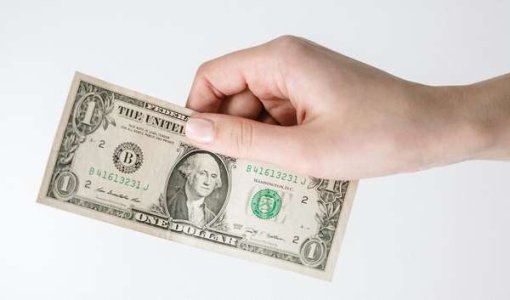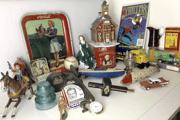Why Is A Dollar Called A Buck?
Long before paper money filled wallets, the American frontier ran on barter. One of the most reliable “currencies” wasn’t metal or coin—it was deer hide. Known as buckskins, these durable, valuable pelts were traded widely among settlers and Native American tribes throughout the 1700s.
As trade journals from the time show, a “buck” could often stand in for a dollar’s worth of goods, though the rate varied by size and quality of the hide. When the U.S. officially adopted the dollar in 1792, the nickname buck naturally stuck.
More than 200 years later, the term still jingles through everyday speech—a plainspoken relic of America’s frontier past that’s endured from the days of buckskins to the age of digital banking.
Pretty remarkable that a word born from deer hides still keeps our dollars company today, isn’t it?
Have your own favorite bit of word history or frontier trivia? Share it in the forum!







